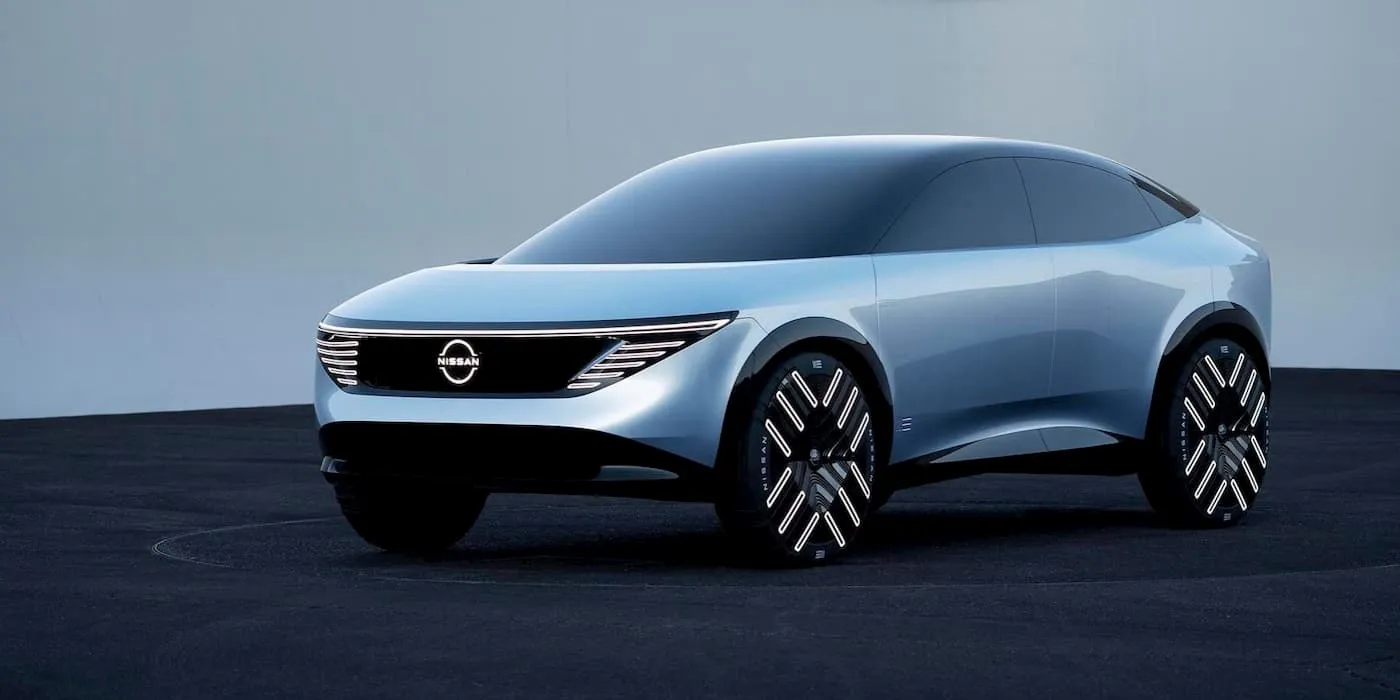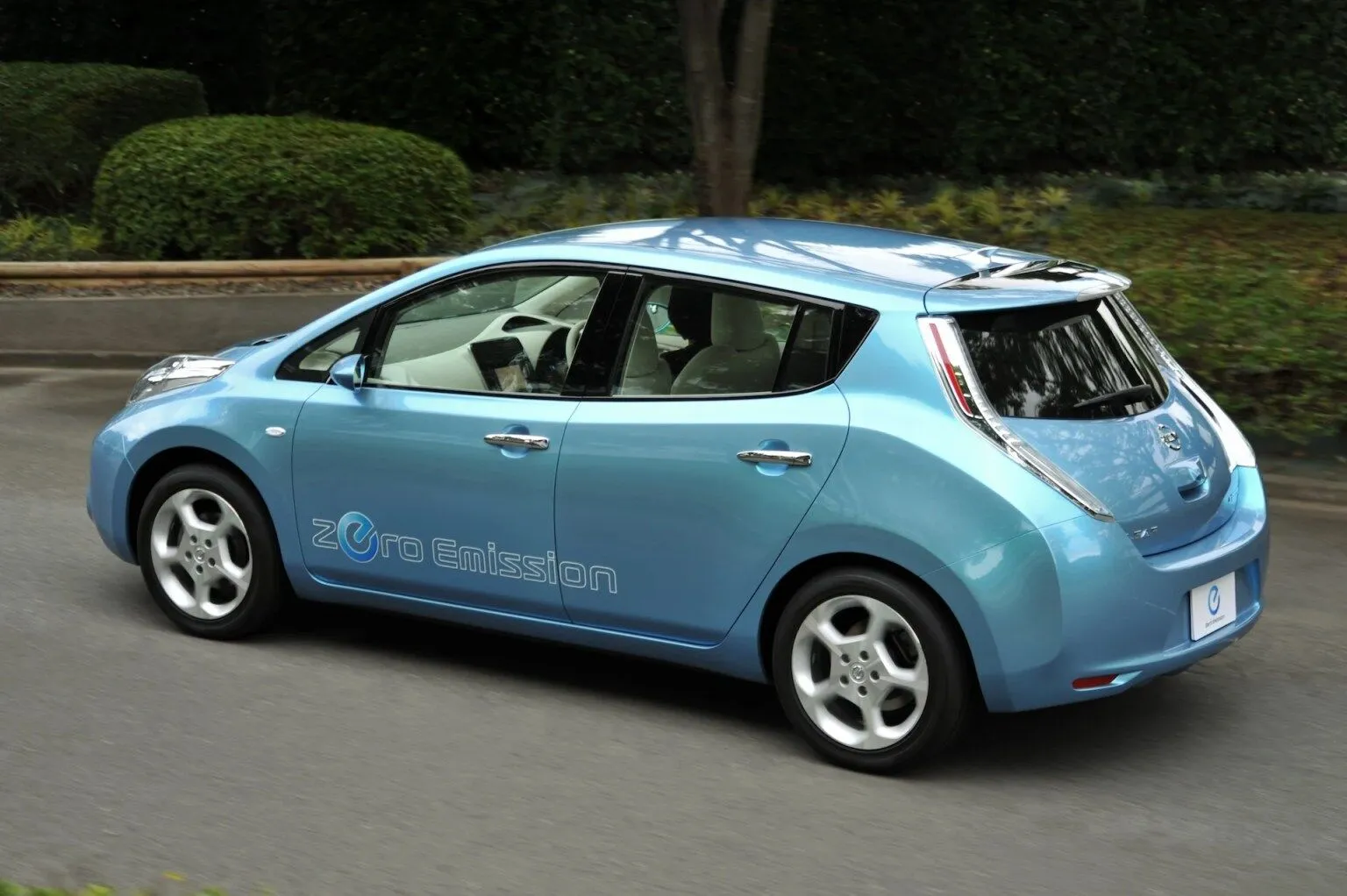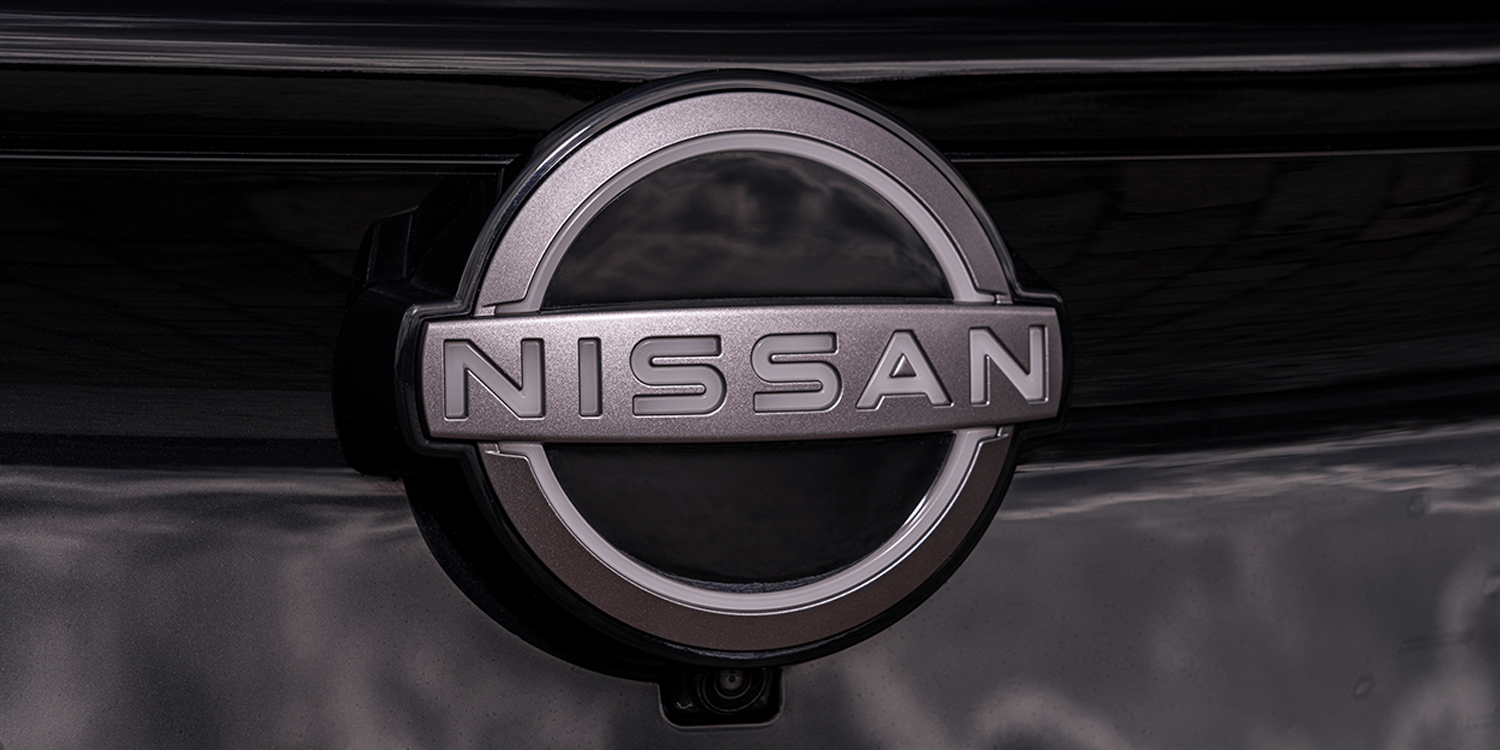In a strategic move toward an all-electric future, Nissan is set to cease the production of internal combustion engine (ICE) vehicles in Europe, focusing instead on the development of electric vehicles (EVs). The automaker, known for its groundbreaking LEAF model, recently unveiled plans to invest up to £3 billion ($3.8 billion) in producing three new EVs at its Sunderland factory.
The spotlight is on the next-generation Nissan LEAF, an iconic compact EV that is undergoing a substantial makeover to stay competitive in a rapidly evolving market. With over a decade of market presence and more than a quarter of a million units produced at the Sunderland plant, the LEAF is slated for a major design overhaul.
The new LEAF is set to be the first of the three EVs tailored specifically for European markets. According to sources at Nissan, the next-gen LEAF is scheduled for launch at the end of the upcoming year. Facing stiff competition from newer entrants in the electric vehicle sector, the LEAF aims to regain market share with a fresh design and enhanced features.
Recent data from Dataforce reveals a 31% decline in LEAF sales to 11,568 units through October in Europe. Rivals from China, such as BYD and SAIC’s MG, are gaining traction with more advanced models boasting longer ranges and improved features.
To adapt to changing market dynamics, the next-gen LEAF will take the form of a crossover coupe SUV, differentiating itself from the electric Juke and Qashqai models. The design shift, inspired by Nissan’s Chill-Out concept, draws inspiration from the Ariya, the brand’s first electric SUV.
The Chill-Out EV concept, based on the CMF-EV platform used for the Ariya, offers a glimpse into the redesigned LEAF’s future. Equipped with Nissan’s e-4ORCE electric 4WD control system, the new LEAF promises a comfortable and productive interior design.
One of the key upgrades includes new batteries (Gen5) sourced from Nissan’s upcoming cell plant. These batteries boast 30% more energy density than the current LEAF’s 62 kWh pack, providing an estimated range of 239 miles (385 km). This enhancement puts the LEAF in direct competition with VW’s ID.3, which offers a range of 343 miles from a 77 kWh battery.
As part of Nissan’s broader electrification strategy, the electric Juke EV is anticipated to follow the new LEAF in 2025, with the Qashqai EV expected to debut around 2027. This move underscores Nissan’s commitment to staying at the forefront of the electric vehicle revolution and meeting the evolving demands of environmentally conscious consumers.







Wow ! Exciting news !! Bought their 2023 Leaf SV + Model this year, and love it…
If the car is not bidirectional in its charging method, then it is not a Leaf in my opinion. The Leaf obtained bisectional charging back in 2013/14 and has been that way since. V2G or V2H is going to be a necessity if our grid system is to function without shutting down at peak times. However I see no concerted effort to achieve this aim, and or regulatory demands or incentives from Governments to encourage this method of grid control assistance. Yet the pilot schemes that have been running for many years have proven to be useful in this method of grid management.